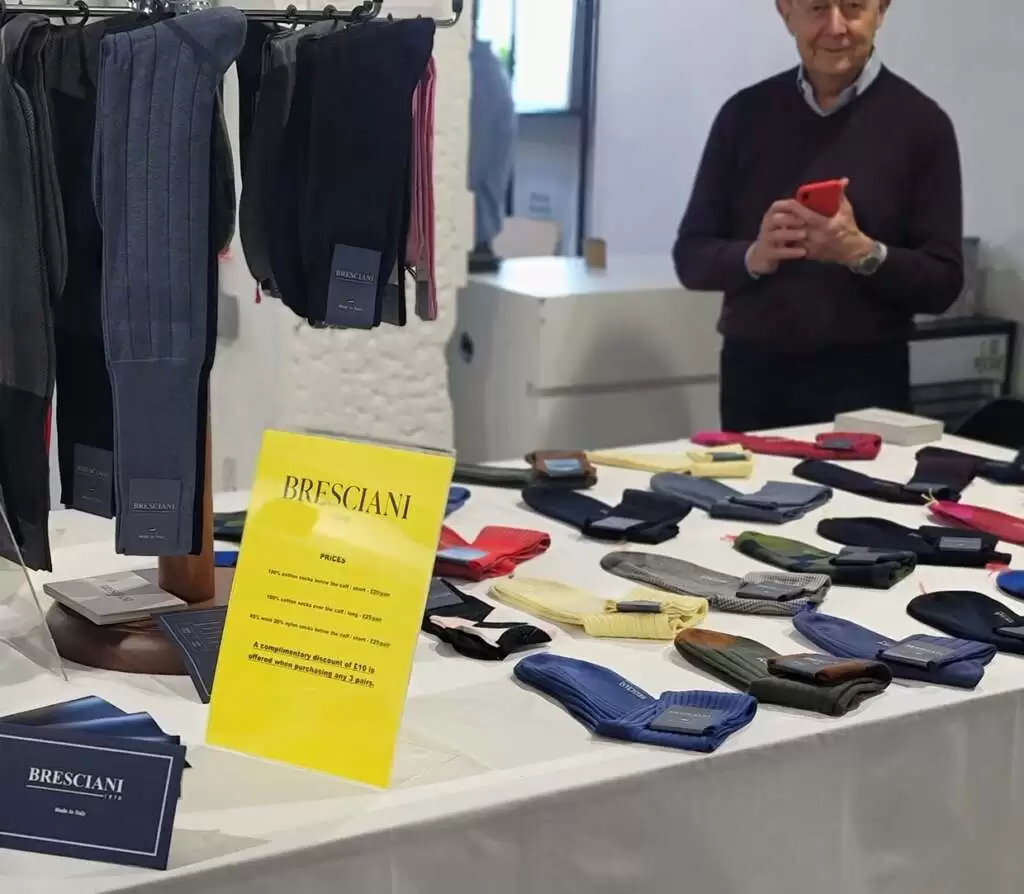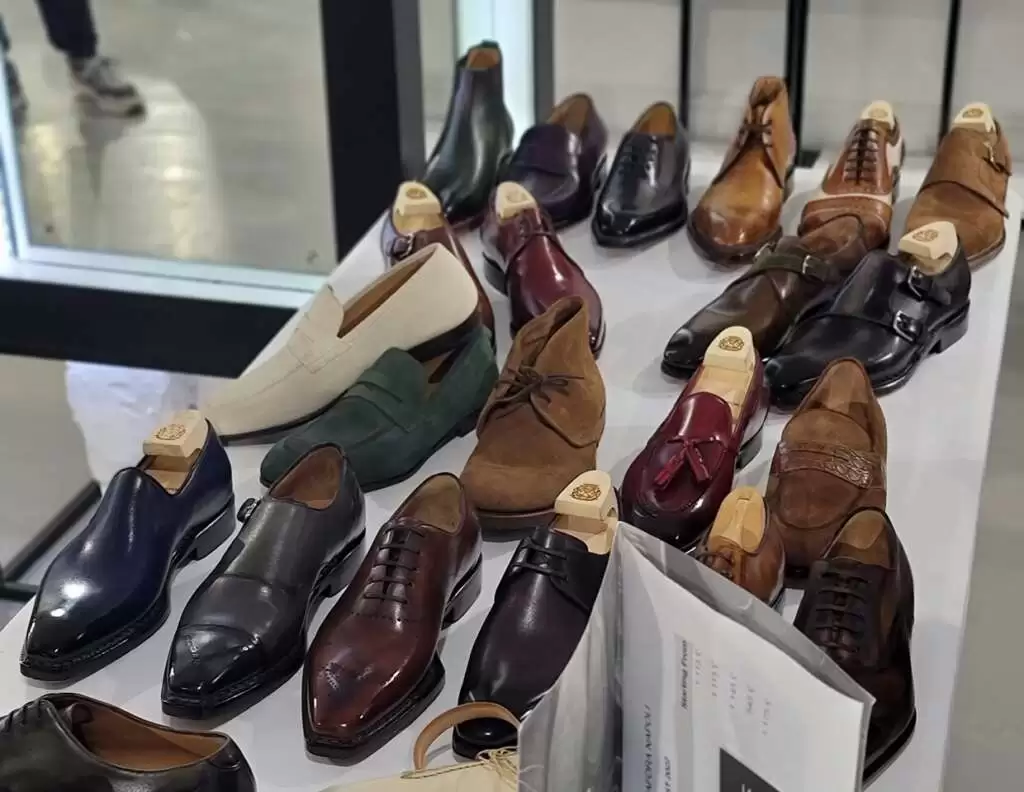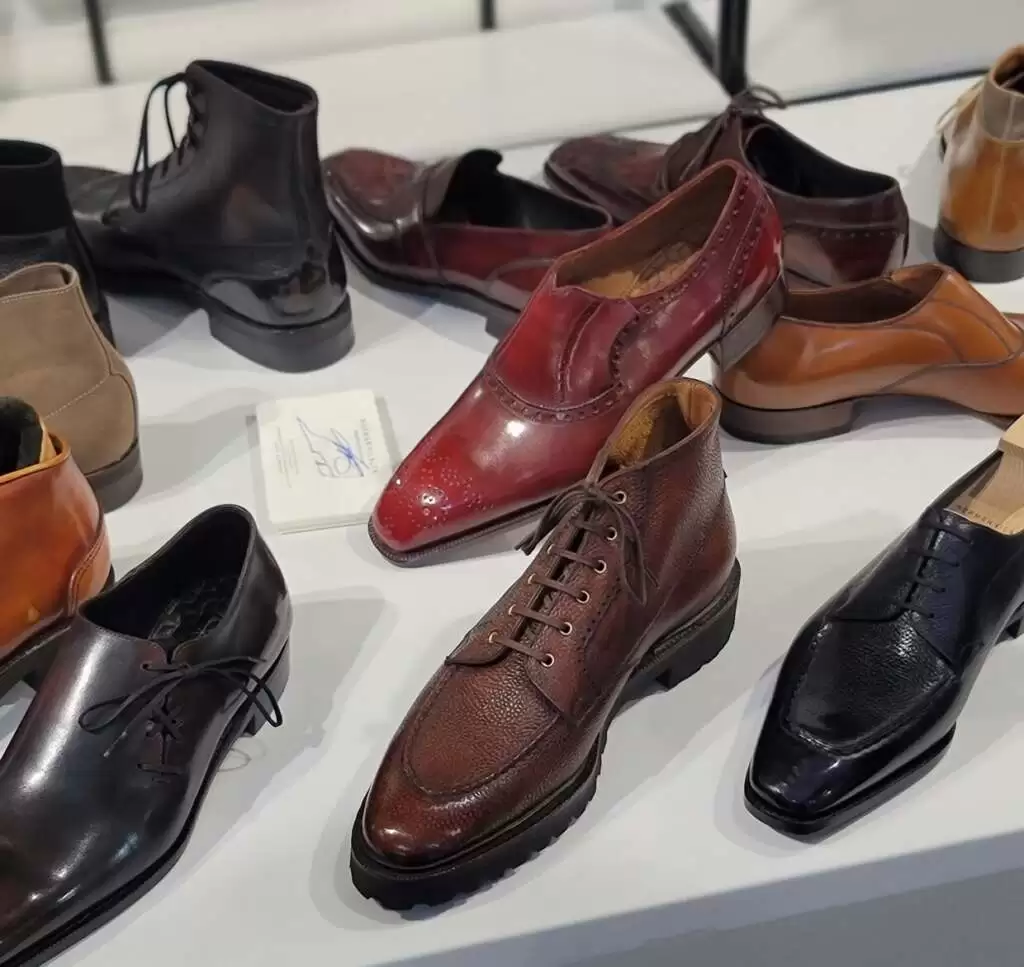Disclaimer: This is an opinion piece based on my own experience and those close to me in the shoe industry that share a similar experience or have shared stories relating.
Part 1 – The Negative
When asked for the good news or the bad, I always want to hear the bad first and the good after. Not sure why, but that is just the way I am. I feel like the initial blow is softened by good news following whereas after hearing good and then bad, you have nothing left to look forward to. So, here are some of the negative effects I have seen in the last +2 years.
A lot of things have changed since March 2020, especially the way business is handled. What was once smooth sailing is now closer to rocky shores. And the question is, will it ever go back to before? It’s doubtful but one can remain hopeful. So what has changed? Let’s take a look. There are mainly three facets that have drastically changed so let’s look at those first: Price, Supply (availability/time), and The Conduction of B2B (business to business) Interactions.

Price Hikes
We have all noticed the price increases. It has happened in nearly every industry. Now imagine multiple industries that work together to create one product. For example, the leather industry and the shoe manufacturing industry. According to my factory, prices had to be raised mainly due to extremely high rising energy costs (that affect everything in a factory setting). To give power to a shoe factory is a huge expense. When at capacity a factory can run 24 hrs with night shifts. 24 hr electricity adds up. Now think about the tannery that also raised pricing on the leather (which also happened). As an end shoe producer, a double-dip raise occurred. Historically speaking, just based on inflation, I may have seen a 1-1.5% rise in price every few years. This was a whopping 6% rise overnight. That affects a lot, especially for small businesses, which let’s be honest is most of the case for the welted shoe industry. And while I share the shoe industry because that is what I know, I am quite positive this took place in most retail industries.


You probably noticed as many shoe brands raised their prices in the last 6 months. Some have announced it. Some just did it. And some haven’t….yet. And maybe some won’t. It really depends on your profit margin. If it is high (above 3x) you might be able to absorb it. But if it is not, then chances are you will make that raise, if you have not already. Nobody wants to raise prices but business is business and when costs go up retail prices must too.
When prices go up, the risk goes up. When something costs more it becomes riskier to purchase in the hopes of selling it. Now we are not talking small amounts here. Large factories will have large amounts of leather stock on hand that they prepurchased to keep production more streamlined. If the leather is on hand you can start making the shoe straightaway. Without the leather on hand, you have to order it now from the tannery or a 3rd party supplier and wait for the leather in order to start production. Now imagine the factory orders the leather and the tannery does not have stock and has to produce it. Imagine how that delays production. And that is now becoming more normal. Companies are becoming more risk-averse. And for good reason. The world is shaky and unpredictable right now.

Therefore many companies don’t want to keep large stocks of anything at the moment. You might have noticed it with the rise of GMTOs, faster MTOs (for some factories that want to sell MTOs like RTW because they have small wholesale orders or none at all), and offer RTW with the promise to have it complete within 2-4 weeks (essentially making pair by pair as opposed to production). Stock, of anything, is becoming a greater risk. Also because let’s face it, we just had 2 years of people wearing sneakers, crocs, and/or nothing, while going from the house to the grocery store and back. Truth be told, I am surprised by how few businesses actually shut down in the welted shoe industry during the pandemic. It shows that we have loyal consumers. Not all retail industries were so fortunate.

B2B Interaction
Generally speaking, there are 3 ways to do business payments when buying things in bulk: 1. 100% upfront prior to production, 2. 50/50 Proforma, with 50% downpayment (to cover costs) and 50% balance before the products ship and 3. Net X day payments, this is usually Net 30, Net 60, or Net 90. (days to pay after receiving the goods). A lot of large-scale businesses (who have a lot of money and lawyers to back it up) worked on the Net X Day payment scheme. It makes sense as the companies will be good for it, it makes business faster and usually a win-win for everyone when trust and integrity are not an issue. Most smaller companies usually worked on a 50/50 basis. And few companies worked on 100% upfront business. This, at the same time, can start in a new relationship but then work itself to the 50/50 and/or Net X Day payment, once trust and good payment history are established.

From what I have heard, a lot of tanneries and/or 3rd party suppliers that once allowed the Net X Day payments, have gone drastically to upfront payments or at least 50/50 if the leather has to be produced. That change in itself is catastrophic for any business. Let me explain why.
Let’s say you are a large shoe factory. You are buying black calfskin for your stock. You have 100 clients all of whom purchase black calfskin. You pay the tannery in a Net 90-day agreement. Your clients pay you in a Net 60 Day agreement. You have a 1000 meters squared in stock of the black calf (from your first order to start production without delay). You have that leather spoken for from orders from your 100 clients and the first round of production is complete and en route to the clients. So now you buy another 1000 m2 on the 90-day agreement. By the time you have to pay that leather, you will have already covered all of your costs on that new leather being that you have a 1-month leeway between receiving the money from your clients (60 days) and needing to pay the tannery (90 days). So, the first leather was paid for (initial risk investment), the new leather is paid for within 60 days, one month early for paying the tannery, and now you can place another order that is due within 90 days all the while collecting new shoe orders and producing them. The cycle continues and the reality is that you only purchased that first set of leather (out of pocket) and all new leather orders are covered by shoe orders, not having to come out of pocket again. But now the tannery says, we require an upfront payment for all orders placed. And all of that streamlined flow changes.

So what were once the glory days of extended credit between businesses are now risk-averse interactions of upfront payments. For anyone that truly understands cash flow, you will know how drastic that change can be for a business that depends on daily operations of production and non-stop intake to keep the lights on. Let’s just say that it is an organizational and financial nightmare. And that occurred to many businesses in the last 2 years.
On top of this, many freebies one might have gotten in the past might no longer be the same. In business, everything has a cost. Whether that is a plastic shoe horn, some polish, spare laces, etc, or patterns made, lasts made, leather used etc. For example, for those that know my brand, know that my MTO program is quite lenient with model changes. Because the factory used to make these changes without a charge. The glory days. A pattern change, depending on how complex can take 3-5 hours of work. That time is money and the pattern maker could be spent knocking out new patterns for clients who order 1000 pairs at a time, as opposed to my one-pair MTO order. So that change now incurs a hefty fee. And I get it. Because time is money. I used to give mirror shines free. But those take a lot of time, time that I really don’t have spare these days. So, now I charge for it. I simply cannot do it free anymore as my time is valuable and 2-3 hours of work could be spent doing something far more conducive to large-scale growth or simply maintaining the company. It is the reality of the situation now. Being that I am both a client and a business owner, I understand these changes. They suck, but it is real until the world calms down and there is less adversity in the retail shoe business. Less fear, less risk, and more fluidity of sales, consumers etc.

Supply (Availability and Time)
We all know the world’s supply changed drastically no matter what industry you are in. It affected everything, which points 1 and 2 will do, in any industry. And those, in turn, affect the supply and how it is handled, managed, and executed. The change in how a factory might have to pay upfront for leather as opposed to the net payment way, now means that they might stop stocking leather. That means when they receive an order from the client, they might then place the order for the exact same leather quantity. A process that used to take 3 months, might now take 4-5 months due to time waiting for leather served. We are making broad statements here just using the upper leather as an example. But one must realize all of the components of a shoe, such as the sole, dyes for color, laces, rivets/eyelets, buckles etc. It all adds up.
So production was elongated due to this. And this is only the tip of the iceberg. The other issue, especially if produced in China, was actually getting things through customs or out of certain countries. Customs departments got so backed up that shipments would get stuck 2-3 weeks in the backlog. And that is a good scenario. I know (from looking for my wife) that the Chuck Taylor Hi-Tops for women were sold out for over a month due to a lack of stock arriving from China (because it all froze over there). And imagine a company the size of converse dealing with that and losing that kind of money for one of the most sought-after pieces of footwear in the industry. I am sure they took some big hits those months.

In Spain, there were two stations that dealt with the exportation of exotic leather. One in Madrid and the other in Alicante. Due to the pandemic, the one in Alicante shut down and Madrid was handling all exotic exports for the entire country. Some samples that I made of Python loafers took nearly 2 months to arrive to me after shipping from the factory. A process that should have taken 2 weeks. Shipping has all gone haywire. The shipping process used to be a breeze. The factory ships on a Friday, and I would have the shipment Wed/Thurs of the following week. Now if I am lucky, in a 10 box shipment, I might have one that following Wednesday, 3 more on Thurs, 4 on Friday, and then the last 2 scattered about that following week if not later. Sometimes in large shipments 1 or 2 boxes get held (or lost) in customs for 2-3 weeks only to arrive to us later all battered up. Numerous times this occurred, not to mention the number of times customs would ask us for the same info that they have had for years on end, on file, considering we receive around 50 shipments a year. Everything just went haywire in terms of the shipping industry. And it is still not yet back to normal. And probably far from it.

The reality is that this is just my story as well as hearsay stories from my friends that are either shoe brand owners or factory owners. I could go on and on sharing stories that have happened in these last 2 years, but there is not enough time nor patience to do so (for anyone). There is also so much more that has gone on that I won’t know about. Certainly, a lot more in that B2B category, especially when it comes to credit/payment terms. Many large businesses are also financially regulated by insurance companies that allow certain payment terms and credit limits and that has also been highly affected, which is in the same realm as losing the Net X day payment. A lot of issues that have made companies have to restructure their businesses in real-time, all while trying to create a seamless process from the outside look of it. Not easy to say the least. But the shoe industry has held on and I hope and believe that it will come back even stronger. And in Part 2 of this long post, I will share the positive aspects of the industry change due to Covid and the ever-changing world that we live in today. Do stay tuned.
















Very well written and full of reflected experience.
Thank you I appreciate that
You, my friend, are a shoe warrior. Thank you for fighting the good fight.
Thank you Peter!